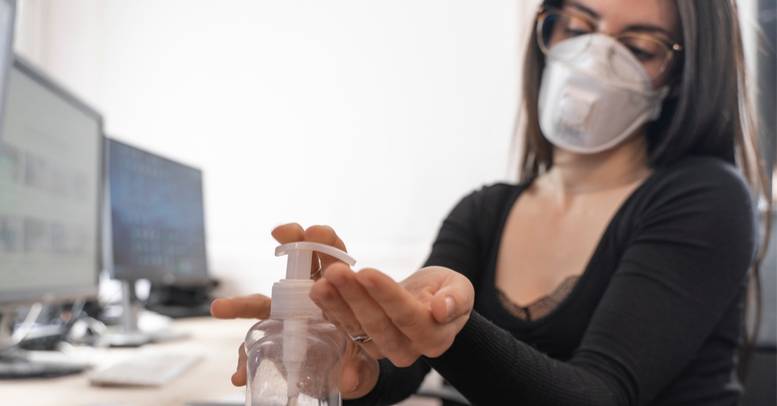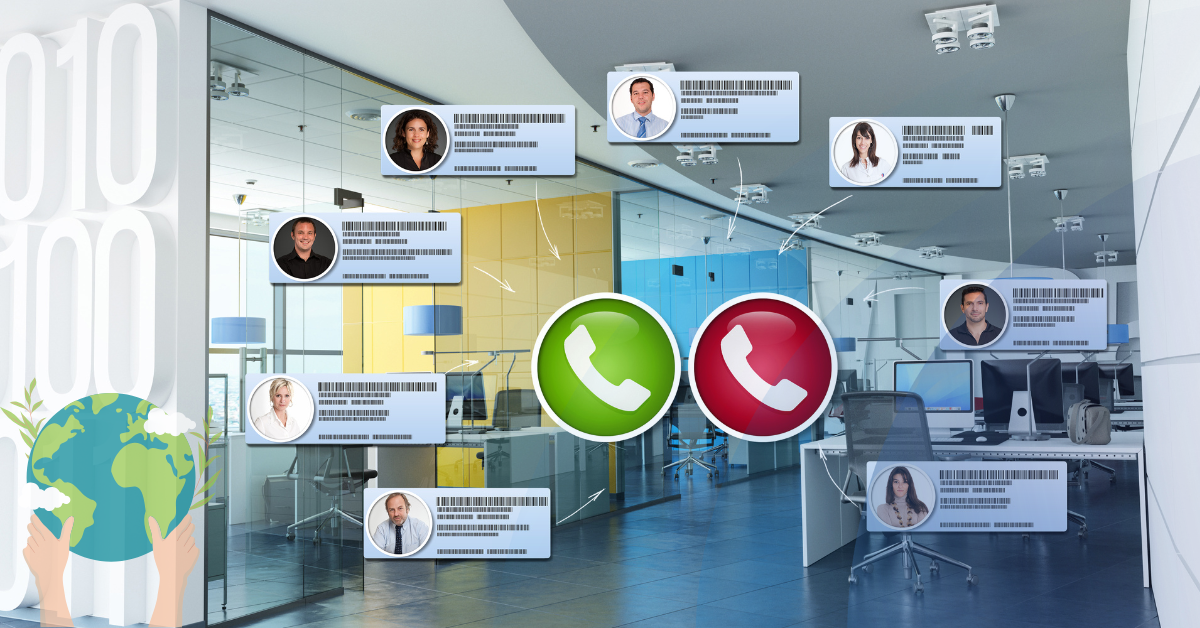We recently ran a survey asking the newly remote workforce about their current concerns and barriers to returning to the workplace. We also asked if they had strategies for when initiatives begin to return to the office. With some states reopening and others watching and waiting, we wanted to share our insights to help with your re-entry plans.
The majority of our respondents are still concerned about health and safety: unknown infection rates, asymptomatic carriers, increasing exposure to higher-risk family and housemates, trusting that coworkers have followed CDC guidelines. A lot of people asked, “are my colleagues taking this as seriously as I am?” The tricky thing is, seriously, can be defined differently by each person.
Childcare is another major concern for many working from home. Schools nationwide are closed for the remainder of the 2019-2020 school year. Many childcare centers remain closed or at limited capacity. If open and available, there’s still the question of safety. Plus, those fortunate enough to have family members for childcare may still practice social distancing until risk decreases, so even the grandparents aren’t available to watch the kids.
Time and money concerns were the third category highlighted. Now that commuting has been cut out, many are appreciating the time and money savings. Adding the 30 minutes to 2-hour daily commute back to the full-time work schedule has many questioning whether it makes sense to continue remote work or move to a flexible schedule.
Understanding that eventually, most companies will consider returning to the office environments to some degree, what can you do to ease the return? Below are ten strategic tips for returning to the post-COVID-19 workplace.
- Develop and Communicate Safety Protocols.
Communication is crucial to build and maintain trust. Your employees trust you to keep them safe and healthy. Your new safety protocols should include: when and how often social areas are to be sanitized (example: after every use, wipe down the buttons and handle of the microwave). Decide whether masks and gloves are mandatory and, if so, in which areas. Maintain a supply of cleaners and hand sanitizers in all common areas. Make a plan and communicate with every associate and client so they understand expectations. Consider every shared location and common touchpoint for sanitation protocols: conference rooms, restrooms, break rooms, door handles, and light switches. - Continue Virtual Meetings
Virtual meetings are safer for everyone. While some meetings are productive to have in person, and it’s tempting to call everyone into the conference room like “old times,” don’t require everyone to be in a confined space. If half the team presents together and can maintain social distancing, the other half can watch and participate from their offices or workspaces. - Transition Back in Stages
From everyone we’ve heard from, smaller groups are preferred if groups must return. Consider rotating one department every few days to minimize congestion in common areas and reduce the need for sanitation supplies. - Relaxed Dress Code for Non-Client Facing Employees
While we want to maintain a professional workplace, now might be a good time to relax the dress code. Employees are still managing more than the usual amount of stress, and it could be a nice gesture to allow them to be comfortable, even while transitioning back. If you want to make this temporary, that’s ok; communicate your new guidelines and intentions to return to the standard work dress code at a future date. - Check Everyone with a Thermal Thermometer Before They Enter
This is a simple way to check everyone before allowing them to enter the building. Employees and clients should avoid going out in public if feeling ill, but checking temperatures at the door is an extra precaution. No-touch forehead thermometers come in a wide variety of price ranges and are a good investment in your workplace’s health and safety. - Open All Doors or Install Kick Panels
Common-use interior doors should remain open to reduce the number of people touching door handles. For exterior doors or areas that should remain closed, install kick panels. Many people are opening doors with their feet, and you’ll save the door from significant kick damage. - Develop a Queue Line with 6-foot Markers Taped Outside Restrooms
Many workplaces have a common restroom; everyone may share it at the company or with multiple companies. If you’ve queued for take-out or other pick-up services lately, you’ve seen the blue painter’s tape marking 6-foot increments. It’s good practice to limit capacity and create an easy line for everyone to follow. - Ask, “Is there anything we can do to make you more comfortable?”
This simple question can make all the difference. Recently, a colleague needed to rent a car. While calling around for availability and pricing, one lot asked her this simple question. She chose to go with them based on the thoughtfulness of this question alone. - Integrate Contactless Payments
If possible, reduce the need to process payments by handling cash or credit cards. If the customer can pay online, have them do so. If there’s a credit card machine, wipe it down regularly. - Check-in with colleagues
It’s a hard time for everyone. Checking in can really make a difference. Whether a colleague is swamped with work and you have the capacity to help or someone is juggling work, kids, and elderly parents, taking the time to check-in and say hi can really help. If you’re a team leader, it’s imperative to follow up with your less vocal team members. Whether you see them every day or are on a rotating schedule, give them a call.
Sharing tips to keep everyone safe will ease the return and allow us to keep “flattening the curve.”
For more useful information on workforce optimization, visit us at http://omniagroup.com/.
Who is The Omnia Group?
Established in 1985, The Omnia Group provides tools, resources, and customized services to help organizations hire the best people and develop them to their full potential. Our scientifically validated assessments cover over 200 specific job benchmarks across a variety of industries.























